Starting from Marcel Pagnol’s birthplace, markers will walk you through the streets of Aubagne‘s historical centre, where you will discover the heritage and history of this thousand-year-old town.
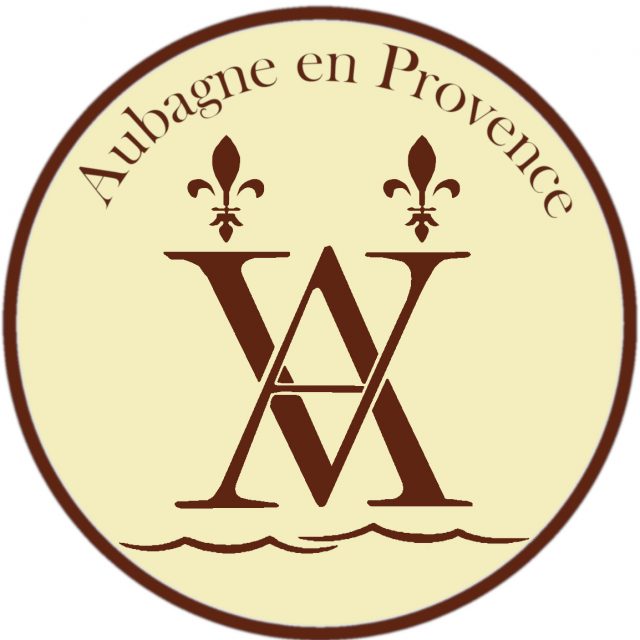 Clou de jalonnement parcours touristique Aubagne
Clou de jalonnement parcours touristique Aubagne Panorama Ville Eglise Tour De L'horloge Aubagne Oti Aubagne
Panorama Ville Eglise Tour De L'horloge Aubagne Oti AubagneStarting from Marcel Pagnol’s birthplace, markers will walk you through the streets of Aubagne‘s historical centre, where you will discover the heritage and history of this thousand-year-old town.
 Clou de jalonnement parcours touristique Aubagne
Clou de jalonnement parcours touristique AubagneCour de Clastre is one of the very first squares of Aubagne, as it was created in 1834. It is located at the chevet of Saint-Sauveur’s church, at the bottom of the bell tower whose current appearance dates back to 1346. This 100-foot-tall tower was used in the Middle Ages as an observation post, which justifies its massive appearance. It houses a spiral staircase leading to the bell ringer’s room and to the four bell’s room at the top.
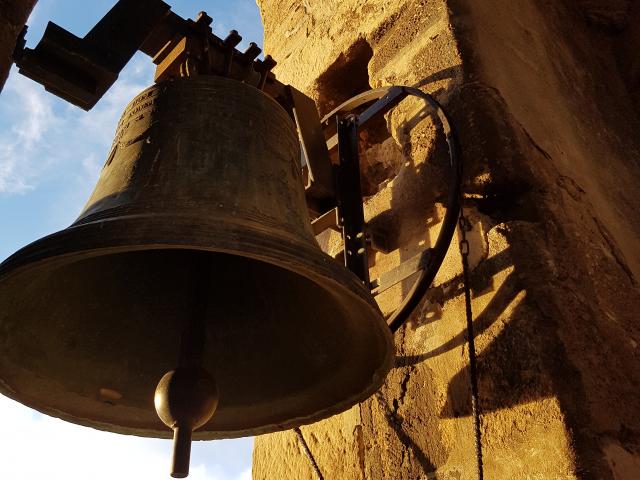
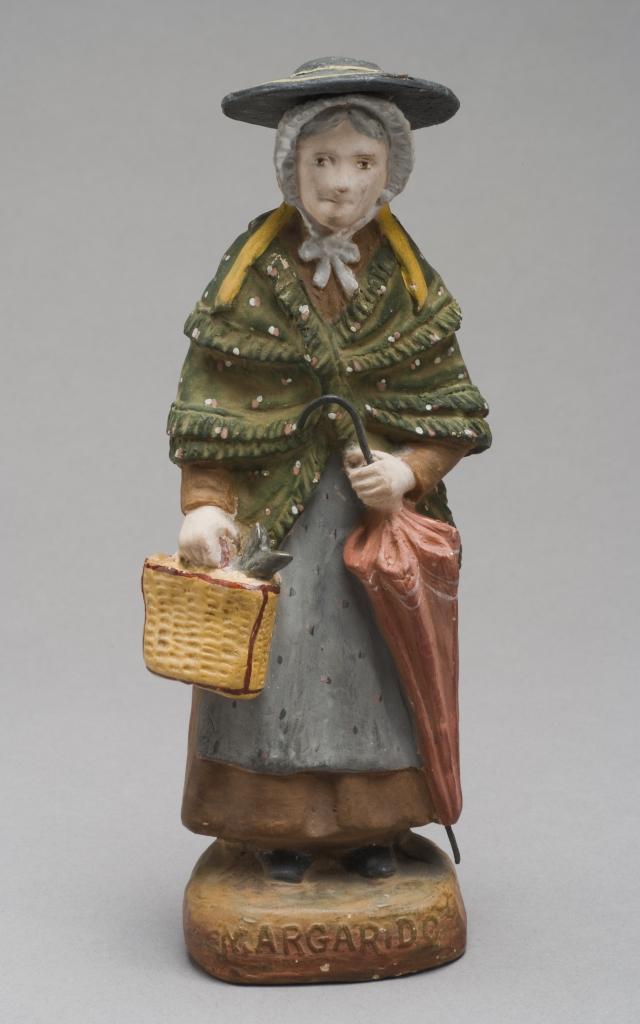
The square was called “the priests’ courtyard” in the 18th century and north of it was the cloister house, which explains the origin of its name, because the provençal word clastro means presbytery. This place has also been used as the second graveyard of the town. It was inaugurated in 1673, replacing the Saint-Michel’s graveyard, located next to the Black Penitents’ chapel. The former graveyard was unsafe because of the lack of protection walls that led to multiple grave violations. That’s why the consuls had the fortifications torn down and high walls built before transferring the graves. The cour de clastre graveyard was used until 1776, when King Louis XIV’s order forbade to bury the dead within the city walls. The third cemetery, located on Passons hill, with its ideal exposition to winds and dominant position that prevented it from floods, was inaugurated in 1778.
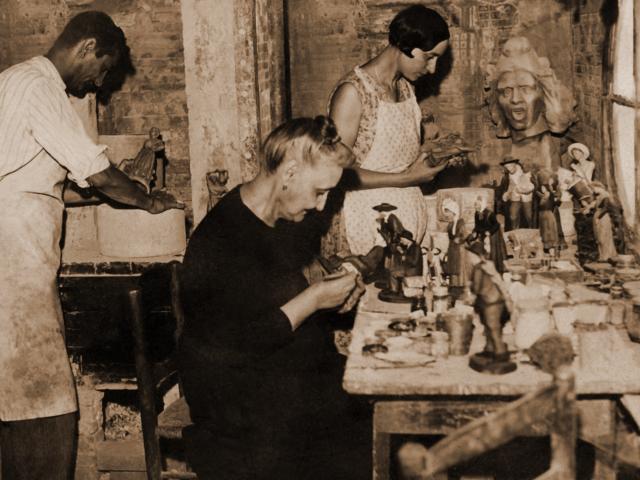
Lady of Clastre
At the end of the 19th century, Thérèse Neveu (1866-1946), known as la Dame de Clastre (Lady of Clastre), lived right here, next to the presbytery, in a house that was also her workshop. She developed a traditional family activity for which Aubagne is still famous nowadays: little clay figurines called “santons”. Thérèse started a renewal of this centenarian art by making santons out of the typical figures she was surrounded by daily. That’s how Margarido, the vicar’s cousin noticeable by her red umbrella, was born in 1890. Many other figures would follow, mainly coming from Maurel’s pastoral.
Ma bello Santouniero,
Aviéu proun ausi parla de voste gàubi tria, mai noun m’esperave i delicious santibèlli que venès de m’óufri […]
My beautiful santon-maker,
I had heard a lot about your great ability, but I did not expect the delicious santons you just offered to me […]
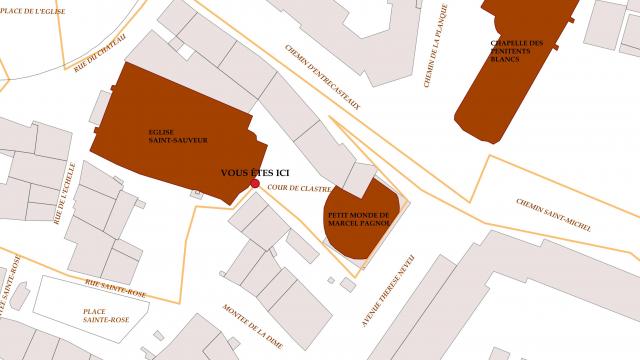
In order to help you through the tour, you can read our guidebook where you will find a map: